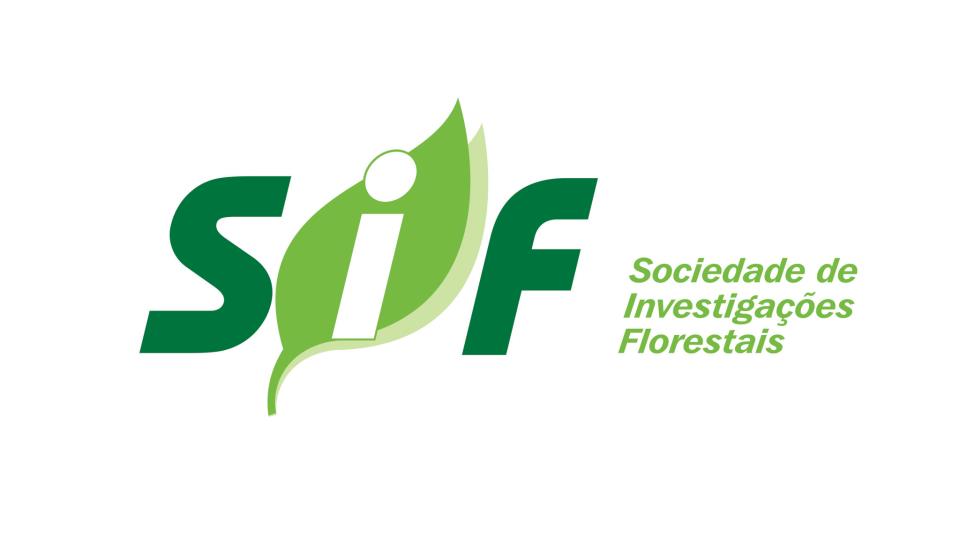Biblioteca Florestal
Digital
Digital
Caracterização e modelagem de material combustível superficial em povoamentos de Pinus elliottii

JavaScript is disabled for your browser. Some features of this site may not work without it.
| dc.contributor.author | Beutling, Alexandre | |
| dc.contributor.author | Batista, Antonio Carlos | |
| dc.contributor.author | Stolle, Lorena | |
| dc.contributor.author | Tetto, Alexandre França | |
| dc.contributor.author | Alves, Marcos Vinícios Giongo | |
| dc.date.accessioned | 2015-09-09T17:59:08Z | |
| dc.date.available | 2015-09-09T17:59:08Z | |
| dc.date.issued | 2012-07 | |
| dc.identifier.citation | BEUTLING, A. et al. Caracterização e modelagem de material combustível superficial em povoamentos de Pinus elliottii. Floresta, Curitiba, v. 42, n. 3, p. 443-452, jul./set. 2012. | pt_BR |
| dc.identifier.issn | 1982-4688 | |
| dc.identifier.uri | http://www.bibliotecaflorestal.ufv.br:80/handle/123456789/15094 | |
| dc.description.abstract | Este trabalho foi desenvolvido em um cultivo de Pinus elliottii localizado na Fazenda Experimental de Rio Negro, no município de mesmo nome e pertencente à Universidade Federal do Paraná, objetivando a caracterização do material combustível florestal e a geração de modelos de predição de carga com base em variáveis de fácil obtenção/medição. Foram estabelecidas para este estudo 63 parcelas, divididas entre 4 subáreas predeterminadas. Foram determinados valores de área basal, espessura da liteira, densidade de carga do material combustível, carga do material combustível seco (morto), carga total por subárea e as cargas existentes por classe de diâmetro dos combustíveis. A carga total média obtida foi de 35,34 mg.ha - 1. As classes de maior participação na constituição da carga total foram “miscelânea” (47,75%) e “acículas” (27,47%). A variável de fácil obtenção que apresentou a melhor correlação (0,7916) para estimativa da carga total foi “espessura média da manta (cm)”, enquanto que o melhor modelo para estimativa da carga total de combustível florestal foi w = 1/(-0,0168904 +(0,455067/esp)), com R2 = 0,681214 e Syx(%) = 0,031. | pt_BR |
| dc.description.abstract | This research was improved in a Pinus elliottii plantation established at “Rio Negro Experimental Farm”, located in “Rio Negro” County, Paraná State, Brazil. The main aims of the study were to characterize the forest fuel accumulated in 4 areas with the same class age (31 years old), and to develop models based on easily getting variables for prediction of fuel loading. A total of 63 plots, proportionally distributed throughout the areas, were delimited in order to collect the necessary information. In each plot, the basal area, the litter thickness, the fuel bulk density, and the dead fuel weights by size class were measured. Results revealed that the average total fuel loading was 35.34 Mg ha -1 . Miscellaneous (47.75%), and pine needles and twigs (27.47%) were the fuel classes with higher contribution to the total fuel loading. The best model to estimate total fuel loading in the studied pine plantations was: w = 1/(-0.0168904 +(0.455067/esp)) (R 2 = 0.681214, and Syx(%) = 0.031) using the litter thickness (esp) as the independent variable. Keywords: Biomass; fire behavior; forest fires. | pt_BR |
| dc.format | 10 páginas | pt_BR |
| dc.language.iso | pt_BR | pt_BR |
| dc.publisher | Fundação de Pesquisas Florestais do Paraná | pt_BR |
| dc.relation.ispartofseries | Floresta:v.42,n.3; | |
| dc.subject.classification | Ciências Florestais::Meio ambiente::Incêndios florestais | pt_BR |
| dc.title | Caracterização e modelagem de material combustível superficial em povoamentos de Pinus elliottii | pt_BR |
| dc.title | Characterization and modeling of surface fuel in Pinus elliottii plantations | pt_BR |
| dc.type | Artigo | pt_BR |
Arquivos deste item
| Arquivos | Tamanho | Formato | Visualização | |
|---|---|---|---|---|
| Revista_Floresta_v42_n3_p443-452_2012.pdf | 314.3Kb |

|
Visualizar/ |
|





